The Legend of Aang on Netflix!
With 61 episodes aired on Nickelodeon from 2005 to 2008, Avatar: The Last Airbender was created by Bryan Konietzko and Michael Dante DiMartino.
The animation was a huge success and received an animated sequel in 2012, titled The Legend of Korra, and a live-action adaptation in 2010, titled The Last Airbender. The latter was poorly received by both audiences and critics, leading to the cancellation of planned sequels.
Now in 2024, Netflix has released its live-action version of the animation as a series. With 8 episodes, the first season covers the events of the animation's first year, known as Book 1: Water.
Check out some of the main changes that occurred in the live-action adaptation compared to its original version.
Aang doesn't run away in the series
Right at the beginning of the series, when Aang discovers he's the Avatar, he goes out for a ride with Appa, when the storm occurs that caused his disappearance for 100 years.
In the animation, after discovering he's the Avatar, Aang begins his training, but the monks disapprove of the boy's closeness with Gyatso because he treats Aang like a normal child. Therefore, the monks decide to separate them, and upon hearing this conversation, Aang flees from the Southern Air Temple.
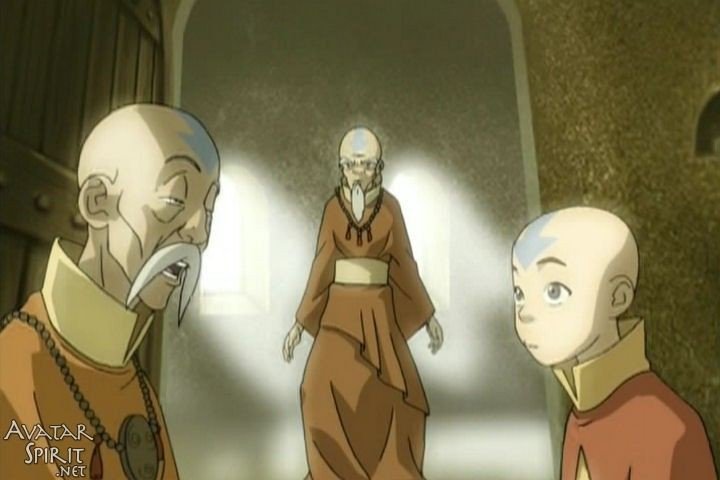
The Fire Nation's attack on the Temple happens months later and is not shown in the animation. In the series, however, the attack is shown in its entirety, right at the beginning, including sequences of explicit deaths, which is not common in the cartoon.
Katara's Scroll and Aang's Waterbending
Right at the beginning of the live-action series, Katara finds a scroll that her grandmother, Gran Gran, left for her. In it, there are various waterbending moves that Katara begins to learn and train throughout the series. In the animation, this scroll only appears in episode 9, where the Avatar team steals it from a pirate ship.
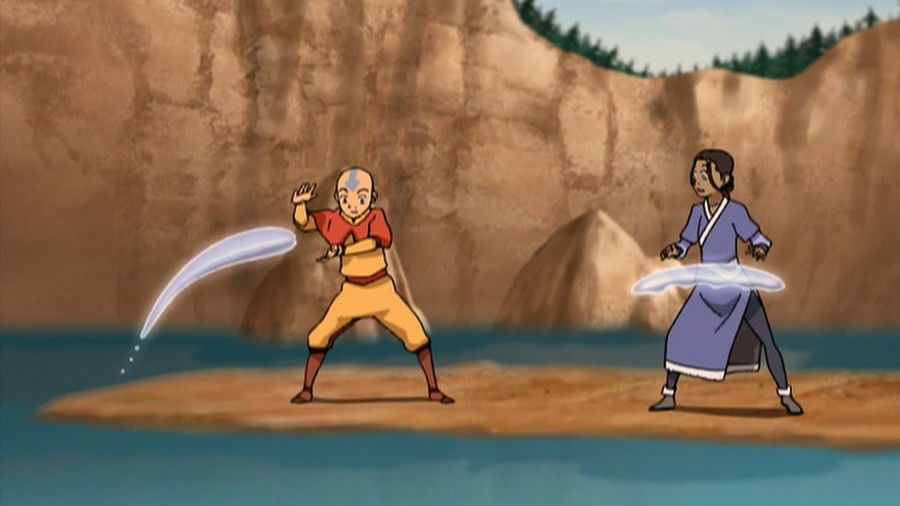
It's interesting to note that at no point in the Netflix series does Aang begin to learn how to master the water element, something that is recurring during the first season of the animation.
Background for Suki
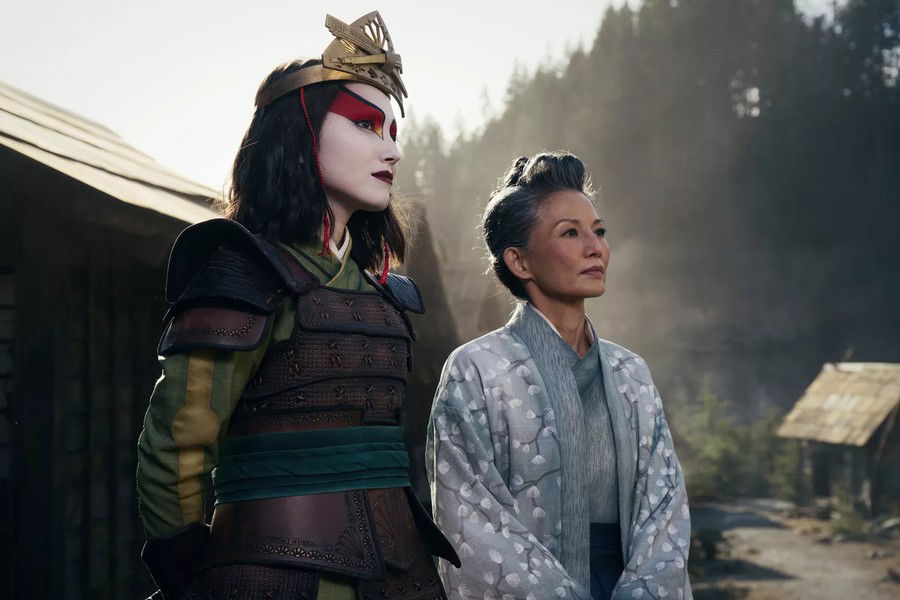
One of the Kyoshi Warriors who romantically involves herself with Sokka, Suki doesn't have as much prominence in the animation. However, in the series, the character receives a lot of focus and, moreover, there's the addition of her mother, who never appeared in the cartoon.
Suki's mother is named Yukari and is a new character in the series. She replaces the role of Oyaji as the leader of Kyoshi Island. Also regarding Suki, in the series, there's her kiss with Sokka, which doesn't happen in the animation.
Avatar Kyoshi
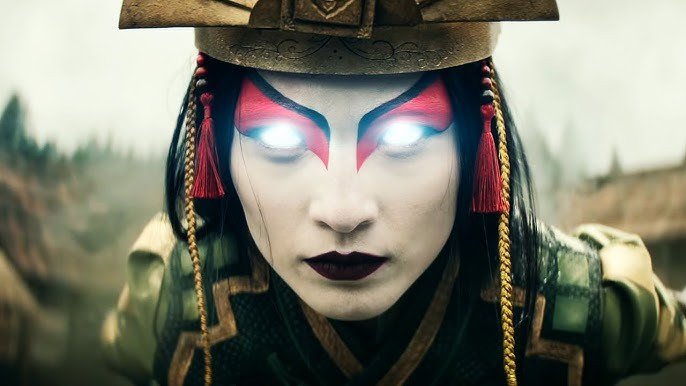
One of the most impactful scenes in the live-action is when Avatar Kyoshi takes over Aang's body and fights against the Fire Nation. Interestingly, this never happened in the animation - Kyoshi does take over Aang's body, but only in the second season and to witness a "crime" she committed in the past.
Avatar Kuruk
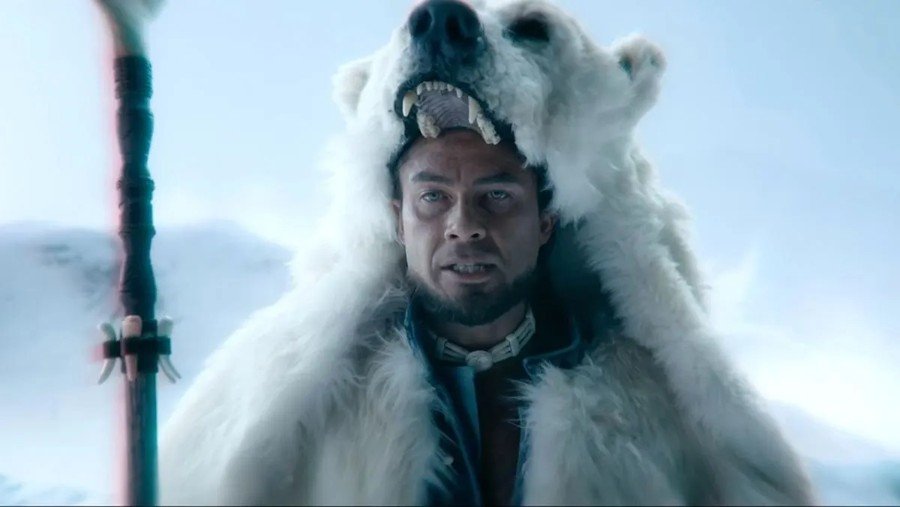
In the Netflix series, Aang manages to communicate with 3 of his past Avatar incarnations, but in the first season of the animation, he only connects with Avatar Roku. Avatar Kuruk, for example, who in the series plays an important role in the eighth episode, only appeared in the cartoon at the end of the third season.
Avatar Roku
Avatar Roku's involvement in the cartoon is quite recurrent. He's the one who warns Aang about the arrival of Sozin's Comet and the need for Aang to defeat the Fire Lord before the Comet arrives. Additionally, he takes over Aang's body and fights against some members of the Fire Nation in his Temple.
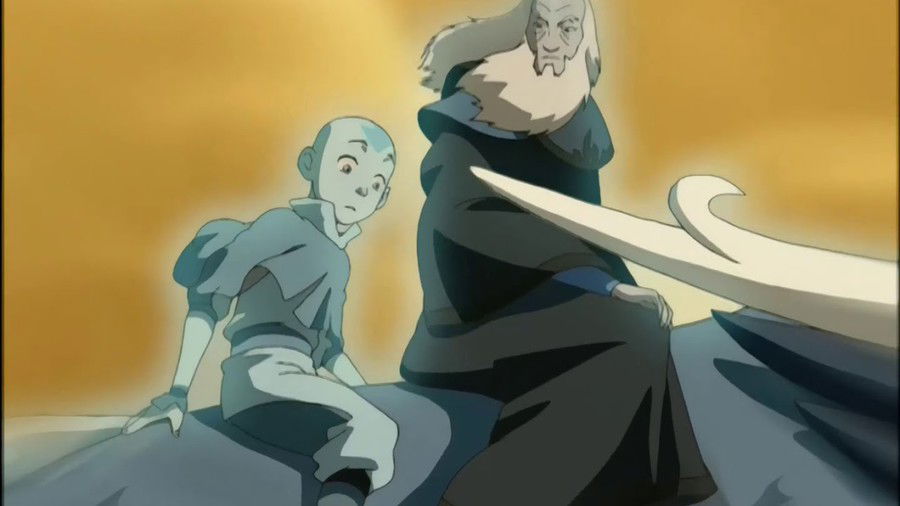
In the series, Roku's participation was greatly reduced, and he only appears because Aang wants his help to save Katara and Sokka from the spirit Koh.
June
When Aang leaves the Avatar Roku's Temple, he finds all the protectors of the place who wanted to capture him unconscious. Nyla, the companion of the bounty hunter June, immobilizes the firebenders and does the same with Aang so that June can capture the Avatar and take him to Zuko and Iroh.
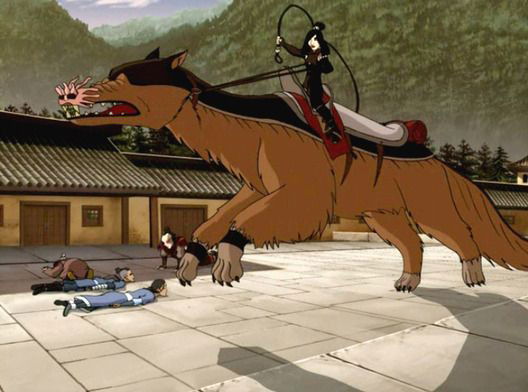
In the animation, June doesn't appear at this moment, but rather on another occasion, where she only tracks Aang but fails to capture him.
Spirit World
The episode where the series addresses the Spirit World is quite different from what happens in the animation. For starters, Sokka and Katara do not go to the Spirit World with Aang, and Yue never appeared as a fox to Sokka in the animation.
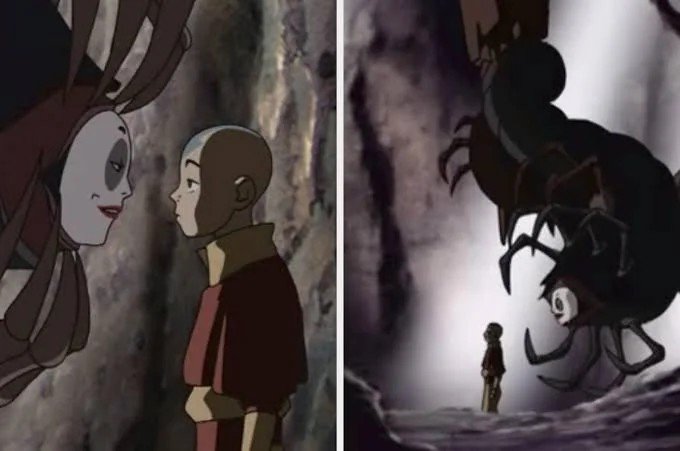
The involvement of Koh, which is significant in the series, where he acts as a villain capturing Sokka, Katara, and other characters, also does not happen in this way in the animation. In the cartoon, Aang encounters Koh at the end of the first season and learns from him that the spirits of the moon and ocean are the two koi fish in the oasis pond of the water tribe.
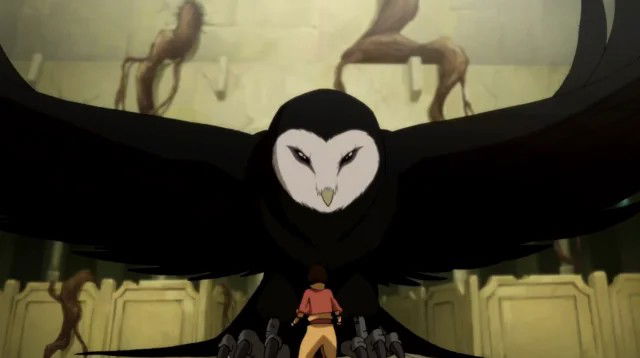
Wan Shi Tong, the spiritual entity in the form of an owl who also appears in the same Spirit World episode, only appears in the second season of the animation, in the episode "The Library".
The Cave of Two Lovers
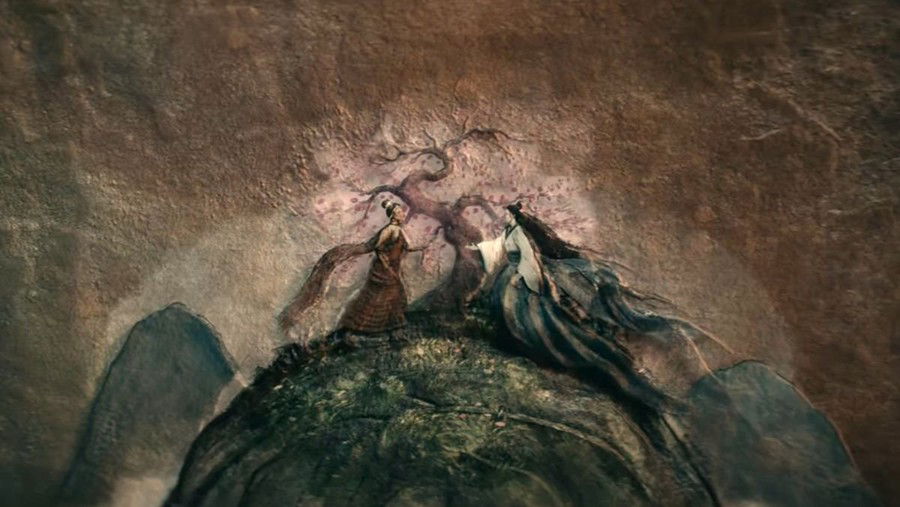
The second episode of the second season of the animation was previewed, and some of its events are shown in the fourth episode of the Netflix series.
The main difference in this approach is that Sokka and Katara are the ones who go to the Cave, and the focus of the episode is on sibling love, whereas in the animation, the focus is on the romance between Aang and Katara.
Additionally, it's worth highlighting the representation in the series, which turned the couple that gives its name to Omashu into an LGBTQIAPN+ couple.
The Omashu Arc
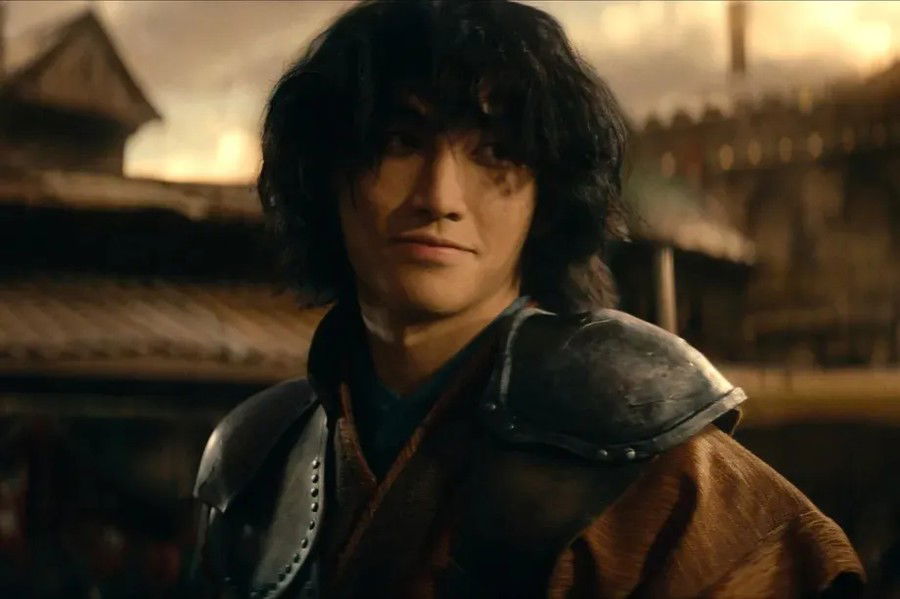
Omashu is the setting for a series of plots that originally, in the animation, do not happen there. In addition to "The King of Omashu" (the only episode set in Omashu in the animation), the writers stitched together the different events of the episodes "The Swamp" and "The Northern Air Temple" into a single plot.
Narratively, it works, but loyal fans of the animation will notice the changes.
Princess Yue
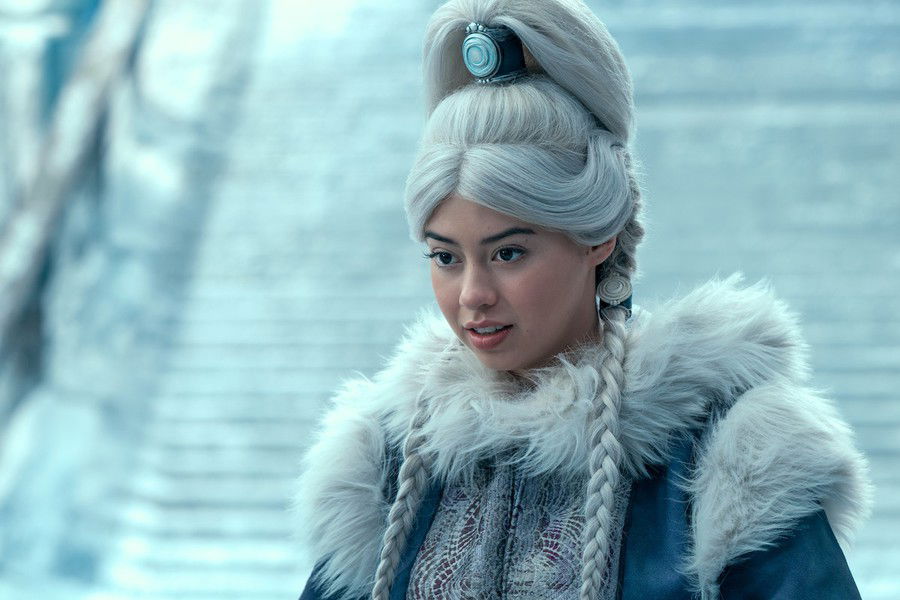
Princess Yue in the series is quite empowered and does not obey her father's will, who arranges a marriage for her with the warrior Hahn. The princess tells Sokka that she gave up the marriage because Hahn wasn't the man of her dreams. In the animation, even though she doesn't love Hahn and is interested in Sokka, she continues with the engagement.
Absence of Zuko and Zhao's Agni Kai
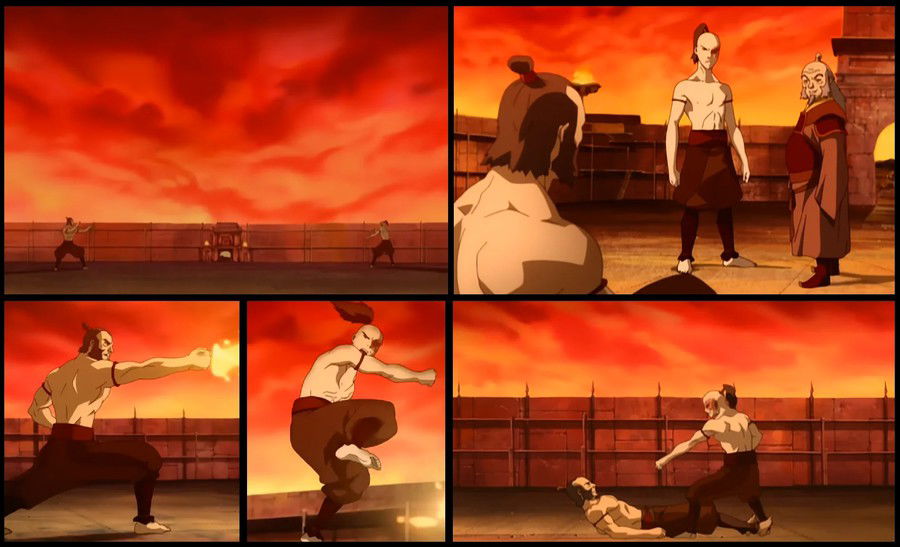
In the animation, there is a duel (Agni Kai) between Zuko and Commander Zhao, in which Zuko emerges victorious. In the series, this battle was omitted, and instead, the Agni Kai between Zuko and his father, Fire Lord Ozai, is shown, which is only mentioned in the animation.
Azula and Ozai as Recurring Characters
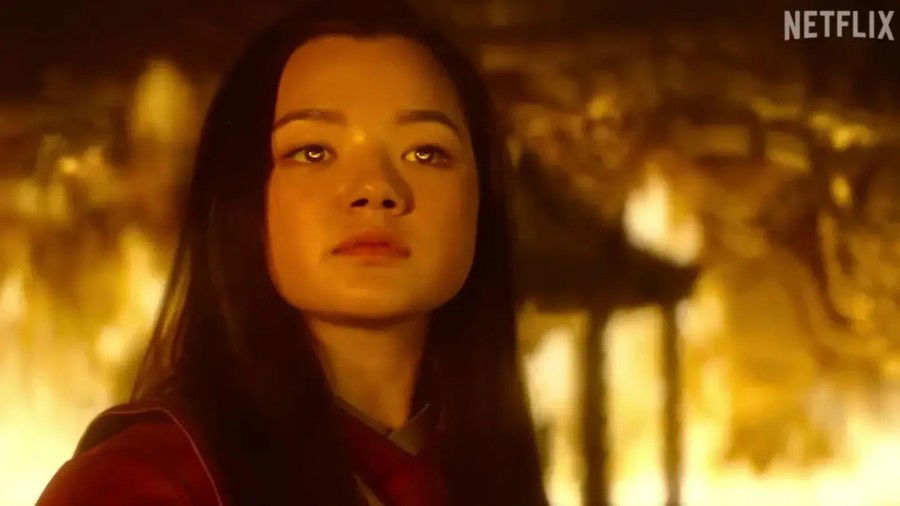
Azula only appears regularly in the second season of the animation - however, in the Netflix series, she has a fundamental and recurring role already in the first season, gaining several new scenes.
Her father and Zuko's, Fire Lord Ozai, also appears more frequently in this batch of episodes, unlike the animation, where he appears as a recurring character only in the third season.
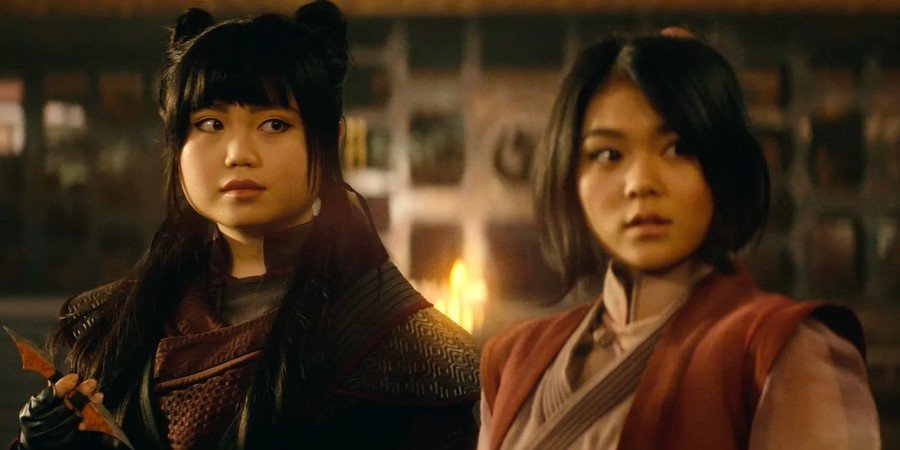
In addition to these characters, Mai and Ty Lee, Azula's allies, who also only appeared in the second season, arrive earlier.
Azula Conquering Omashu
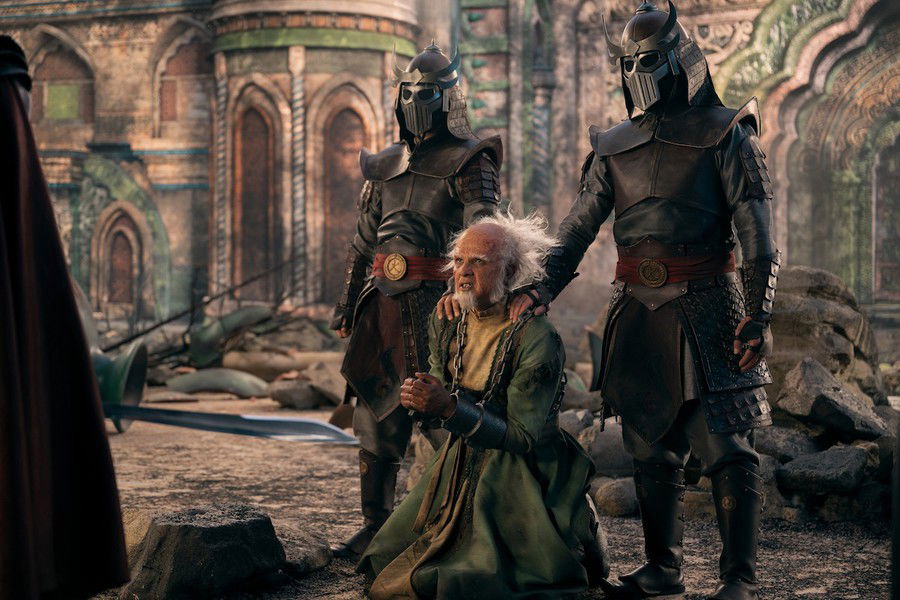
One of the last scenes of the series is Omashu being conquered by Azula. This is another of the events that was brought forward in the live-action. In the animation, the conquest only occurs at the beginning of the second season.
Conclusion
Despite some differences, the series carries the essence of the animation and brings extremely faithful visuals to the originals. Did you like the changes? Did you approve of Netflix's adaptation? Let me know in the comments!









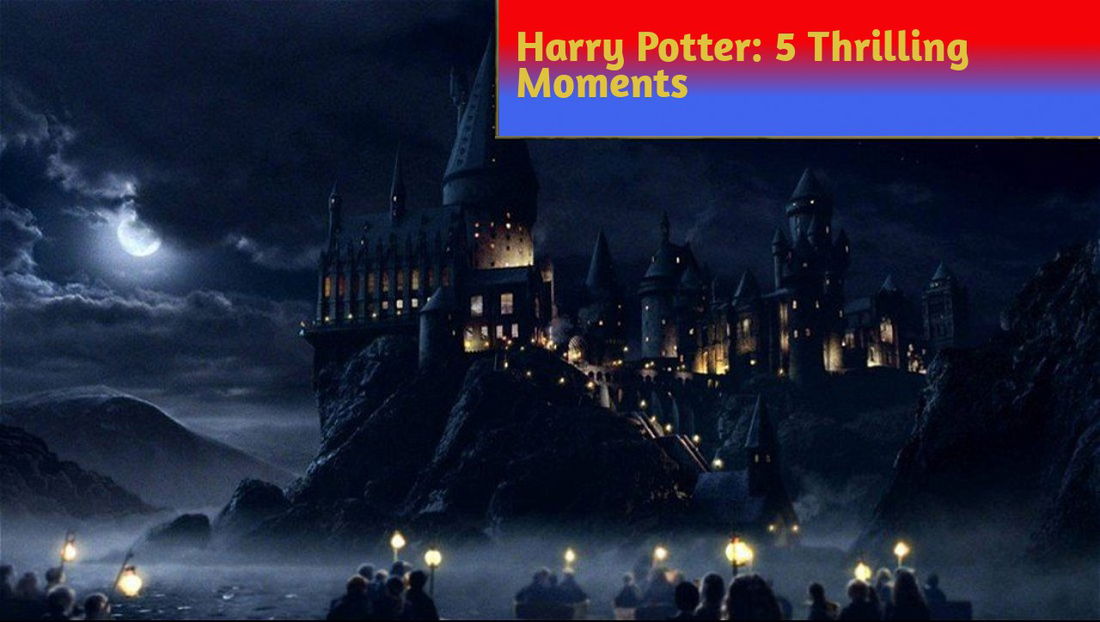

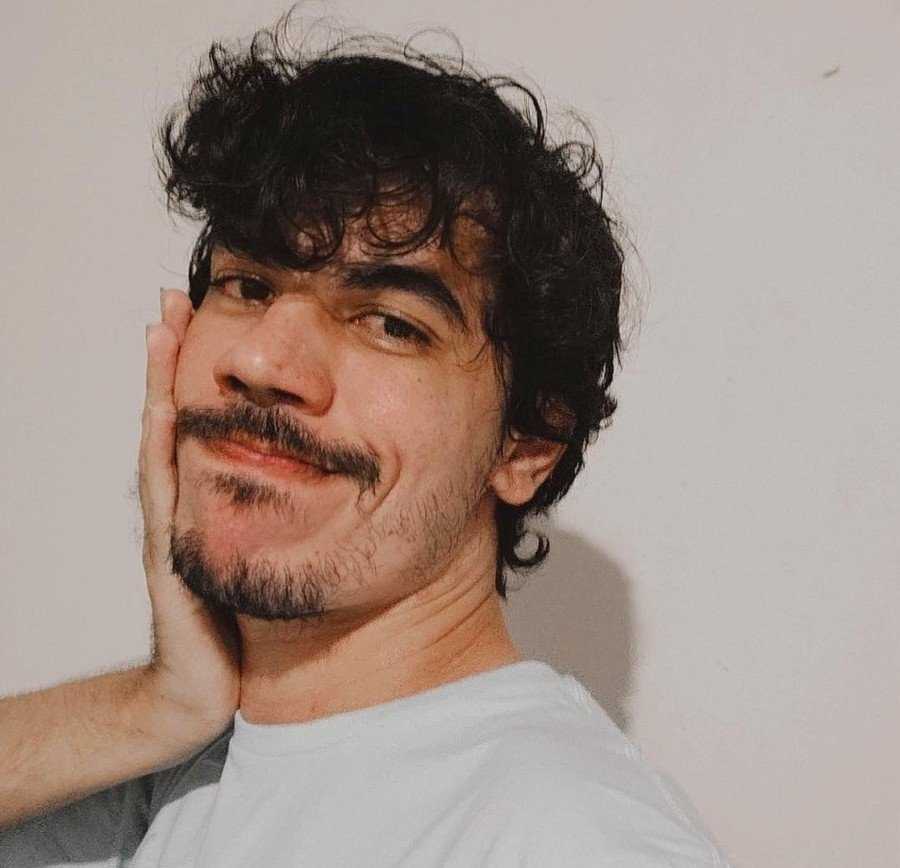

— Comentarios 0
, Reacciones 1
Se el primero en comentar